Traffic violence in America knows no boundaries.
Even in our national parks, which are set aside as sanctuaries for wildlife, road authorities are forced to address this issue. In Yosemite National Park, where I spent eight days earlier this month on a family vacation, the National Parks Service estimates that over a dozen black bears are killed each year after as a result of park visitors who run into them with their cars. In 2010, the NPS reported 28 “vehicle-bear collisions.”
To “increase visitor awareness of the high frequency of vehicle-animal collisions” and encourage people to drive more carefully, the NPS started an awareness campaign in 2007. It consists of roadside signs and posters throughout the park that feature a red bear and the simple phrase, “Speeding Kills Bears.” The signs are placed in locations where the animals have been hit. They’re like ghost bikes for bears.
The campaign is hard to miss. In addition to the signs, the related paraphernalia is sold in the park’s markets, online store and gift shops. I saw this poster at a gas station…
It’s even available as a fridge magnet…
And my wife and kids could tell I was so intrigued with the concept they bought me a coffee mug…
Advertisement
It’s a powerful message. After all, who doesn’t love bears? To hit one while on vacation — especially in a place where you go specifically to observe them in their natural environment — would be terrible. And the campaign seems to work. If I ever started driving a bit too fast (the speed limit in the park is 35 mph) I would be immediately called out by my kids. Even my four-year-old would yell from the back seat, “Dad! Speeding kills bears!”
When we saw a mama and her cubs ramble across the road ourselves, the message really sunk in.
Of course my mind wandered to how a campaign like this might translate over to humans in cities. In my experience, road agencies are reluctant to do anything that puts 100 percent of the onus of saving lives on those doing the driving. Yosemite’s campaign seems to work, not just because of its simple and powerful message, but because of the assumed innocence of the victim. It’s free from the baggage of debate about who’s at fault because the victim is immedidately respected, loved and considered completely innocent by all parties.
Does this mean in order for this to work with humans we’d have to create that same social dynamic with all victims of traffic violence — whether they walk on four legs or two? I hope not. Because that’s not likely to happen (just look at the continued media coverage of the “distracted pedestrian” phenomenon for example).
How do we create the same type of sympathy that makes people slow down for bears translate into a concern for fellow humans? Are there some lessons here we can use in our own traffic safety efforts? Do you think a “Speeding Kills Humans” campaign would work on our streets?

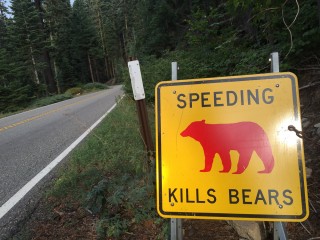
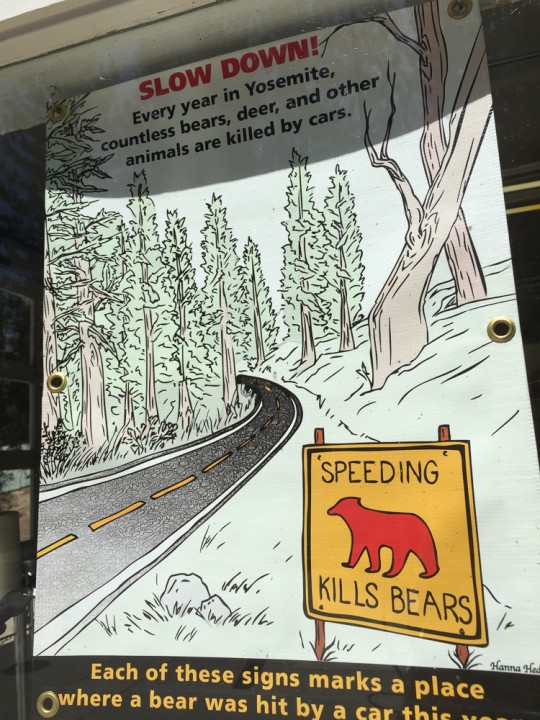
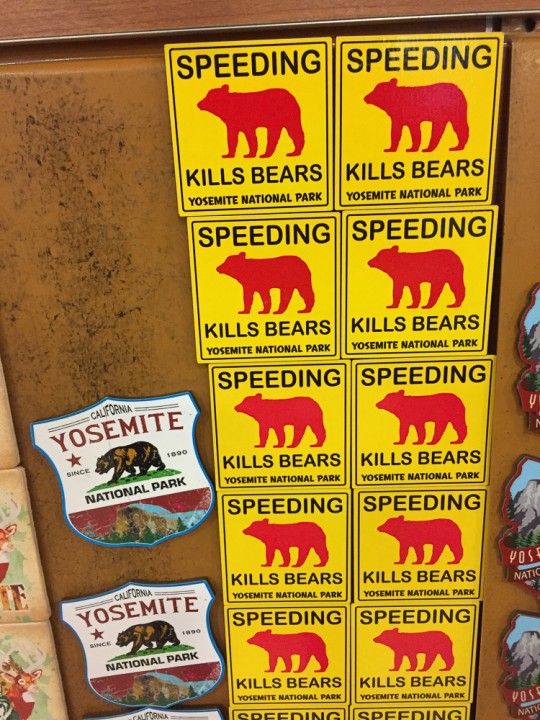


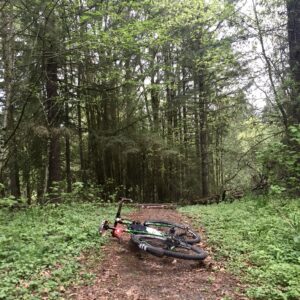
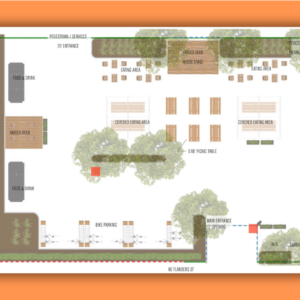
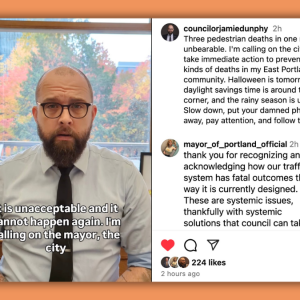
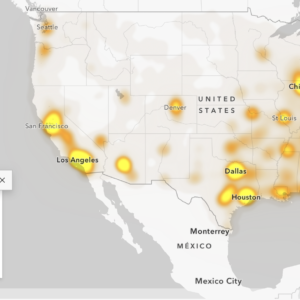
Thanks for reading.
BikePortland has served this community with independent community journalism since 2005. We rely on subscriptions from readers like you to survive. Your financial support is vital in keeping this valuable resource alive and well.
Please subscribe today to strengthen and expand our work.
Californians drive too fast even in Yosemite. Solution: Prohibit private vehicles. Enter the park only on foot, horseback or on a shuttle bus.
I was thinking they should at least try some carfree days in the Valley. Sort of like how Crater Lake National Park now does a carfree day on the rim.
Um, a LOT of the visitors to Yosemite are from out of state, it’s a day trip for us. We drove to Portland recently, and I never want to hear about CA drivers again. OR drivers are the worst.
Or you could actually use data. http://www.carinsurancecomparison.com/which-states-have-the-worst-drivers/
“Each state is ranked according to the follow categories:
Fatalities Rate per 100 Million Vehicle Miles Traveled
Failure to Obey (Percentage of Fatal Crashes that involved Traffic Signals, Not Wearing Seat Belts, and Driving with an Invalid Driver License)
Drunk Driving (Percentage of Fatal Crashes that Involved Alcohol)
Speeding (Percentage of Driving Fatalities that were Speed-Related)
Careless Driving (Pedestrian & Bicyclist Fatalities per 100,000 Population)”
Oregon drivers are #46, so no, we’re not the worst. Not by a long shot.
Yes, we’re definitely not like Montana drivers. I’m sure you’re heard about how terrible they are……
native oregonians are happy you’ll be staying to our south.
As a professional driver that gets to all the western states weekly I must say Oregon drivers don’t rate exceptional or even above or below average in bad behavior.
California drivers, on the other hand, have taken impatient high speed driving beyond a mere artform to a basic fundamental force of nature: if any gap opens anywhere a Californian driver must rush ahead to fill it no matter what series of illegal and lethal acts must be committed to gain that 2 seconds of travel time.
As a truck driver I find it comforting: anywhere else I have to guess if someone will cut me off, in California I know it WILL happen and plan accordingly. No uncertainty.
Lived and driving in Southern California for 8 years and Oregon for a bit more than that—no, California is far worse. By a long shot.
The term “worst driver” is relative. To me, “worst” means reckless, dangerous, distracted, etc. As someone that grew up in Oregon, has a flawless driving record, and visits California often, I can say that California drivers are generally more distracted and reckless. When I visited Yosemite a few years ago, I was appalled at the speeding vehicles in the park, particularly on the Tioga Pass road. We were there 4 days and saw 2 separate wrecks up on that road. If I tried driving the speed limit, I would immediately have someone with California plates riding my tail. Californians live a fast-paced lifestyle, and it shows on the roads.
Why should horses be put into slavery for tourism?
Because they think oats are delicious
Removing private vehicles from Yosemite Valley was the plan, until Reagan took office. The park’s long-term plan was to allow people to drive to their reserved campsites and back out, but day-users and hikers were to enter via shuttle bus and once people had reached their campsite they were not allowed to drive around, only to exit.
I used to ride my bike to Yosemite several times per year from both the Bay Area and the Sacramento area from the late ’70s to the late ’80s (my first date with my spouse was a weekend round-trip ride from Davis to Yosemite Valley). I watched in horror as the valley became more and more like a mall, complete with too much parking. What a shame the plans for reduced cars in Yosemite Valley were scrapped.
Interestingly, even back then the shuttle buses from Merced were quite a joy. The bus included a person who gave a history and geology lesson as the bus made its way to Yosemite.
Yosemite is a fantastic place, but the valley is a cesspool. Too many cars, too many campsites crammed on top of each other, too many people. I would only recommend camping in the valley to my worst enemies.
“In my experience, road agencies are reluctant to do anything that puts 100 percent of the onus of saving lives on those doing the driving.”
An astute observation. I love the contrast you’ve set up here. It strikes me as very salutary, a useful counterpoint. I think Vision zero is premised, if also implicitly, on something similar to this. Perusing Vision Zero language I’ve yet to discover any of PBOT’s and ODOT’s unfortunate victim blaming equivocation.
“Yosemite’s campaign seems to work, not just because of its simple and powerful message, but because of the assumed innocence of the victim.”
By work, do you mean, the campaign exists at all, is allowed to place the blame squarely where we here on bikeportland know it should lie? Because if you cited statistics that suggests it works for the bears I missed them. Sentiment and the absence of dead or maimed bears are two different things.
My determination that it “works” is based solely on the fact that it got me and my family’s attention. We talked about it and it had an impact on our behavior. That, to me, is all you can ask for with an educational/signage campaign like this. Reports of bears being hit has actually increased since the start of the campaign however, which you could chalk up to a higher awareness in general. Hard to say. Yosemite says they are studying the campaign now to see if there is indeed hard evidence that it “works”.
Then i’d suggest rewriting it to say:
“Yosemite’s campaign got me to slow down because I care about wildlife and did not want to hit them.”
Taking a personal anecdotal story and then making some broadb conclusions about society is not ver helpfull.
Yosemite has been working to encourage more car-free visits, with an extensive free bus system and new (paid) routes to surrounding cities, which connect to airports, amtrak, and bus stations. That being said, you still need a car if you want to hit multiple areas within a day, such as Galcier Point.
Also idiotically, their master plan proposes ending all bicycle rentals!?
Yeah I was happy to see some of the steps they are taking to encourage fewer trips in private vehicles… But they could/should do so much more IMO. The lack of a transit/shuttle option to Glacier Point is a huge mistake!
“But they could/should do so much more IMO. The lack of a transit/shuttle option to Glacier Point is a huge mistake!”
Interesting to think about this from both the supply and the demand angles. As with so many other areas of our lives, the rapid increase in demand (more people) pushes up against limits. Our predictable focus here and elsewhere tends to be on how to expand access, diversify transit options, expand hours, charge fees: push back the limits we encounter. But this avoids the underlying and inexorable problem of growth: one day we’ll have to face the fact that there simply are too many of us; that even with all of our tricks we are visiting Yosemite (the Coast, Mt. Hood, etc) to death. A tough lesson, but no less important for all that.
“…one day we’ll have to face the fact that there simply are too many of us; that even with all of our tricks we are visiting Yosemite (the Coast, Mt. Hood, etc) to death.”
That goes right to the heart of the matter. Well spoken! The only thing I’d add is that we’re not just descending on wilderness areas like a plague of locusts; we’re visiting cities like Portland to death, too. 8.6 million recorded overnight tourist trips in 2014 (Travel Portland). !! I’m really feeling it. The romanticizing of travel and the cheapness of it, given how much damage it does, is gonna bite us all in the butt for years to come.
I think setting limits and restricting humans from crowding natural (and unnatural) areas is the main thing that will save more bears and non-bears. I favor bear-and-the-like-only areas, no humans allowed, lots of ’em. I won’t say no to more signs and reminders, though! Please bring them to SE 26th, for example.
Obviously the steps they took weren’t enough to get you to visit without a car. What a shame. Such is the behavior that will have us renaming one of our national parks “Glacierless”.
Draft concepts for urban signs: “Speeding kills kids” “Speeding kills seniors” “Speeding kills moms” “Speeding kills pets”
“Speeding kills.” But maybe red silhouettes of various humans and other animals (alternating on different signs or all at once?)
“Traffic violence.” 🙂 What a crock.
Plenty of animals are killed by cars that are not speeding – especially outside the park.
Well now, car trip to Yellowstone? SHAME! SHAME! SHAME! How many bugs did you kill with that evil oil guzzling pollution belcher?
Hope you had fun. 🙂
The faster you drive, the more likely you are to hit and kill an animal, because it is harder to stop or avoid the collision.
Here’s something from a few years ago that resonated w me
http://www.npr.org/templates/story/story.php?storyId=92151807
Going down the I-5 you see dead possums, raccoon, skunks, deer, and the occasional red-tails, cats, and coyotes.
Bears are just so much bigger. Think of deer crossing signs, you only see them on backroads where it’s dangerous for the deer and the driver.
For something like that, you would need more than ghost bikes, you would need signs like “John Smith (Age x) died x hours after being hit by a speeding/intoxicated driver.”
We have signs saying “Please don’t drink and drive” / “in memory of person’s name”. It always makes me wonder why we don’t have them for speeding and distracted driving, or just every road death ever. I suspect even the falling rock/tree deaths involved speeding.
In Canada, they have similar signs warning motorists about moose and deer in rural areas. Oregon might think about adopting that design for rural areas like the Cascade passes. Canada also has tunnels thru man made hillsides that allow wikdlife to cross over the highway instead of the road. Maine uses similar signage to that in Yellowstone as well.
50mph=28 dead bears. 20mph=0 dead bears. Something like that. Pretty simple. Same as for people.
We live near Yosemite…Even low speed accidents kill animals which do jump right our in front of your car, especially after dark. Injured deer and bears are “put down” by the Park Service, and quite a few bears are killed by the Park Service for breaking into vehicles which have food in them. The Park service is very reluctant to tell anyone how many…one has to apply to the “Freedom of Information Act” to find out this sad information. A posting just above my comment equates safety with low speeds…not always…little children are sometimes brain damaged or killed by very low speed collisions with automobiles due to their height in relation to the car…as are animals. We can keep our children under control…but not wild animals. Here in Yosemite , there has never been an unprovoked attack by a bear…the recent incident near the town of Mariposa was caused by garbage being stored where the bear could smell it and get to it and a man trying to run the bear off his property. We could save many bears’ lives by creating a “bear refuge” for hurt and desperate bears who break into cars, rather than killing them…write the park Superintendent about this…I am working with our county supervisors here in Mariposa County, too. 3 hungry bears were recently killed for breaking into the county dump to eat garbage…what a crime! Sometimes I think it is a wonder we have any wild animals left!